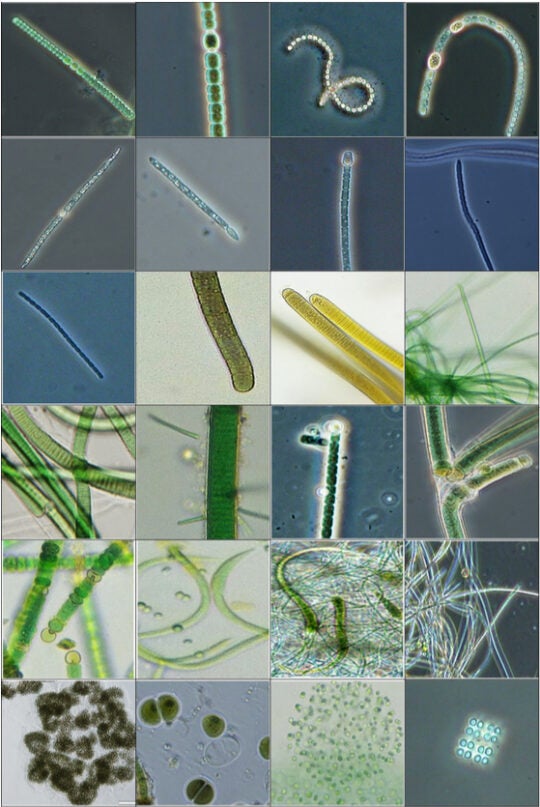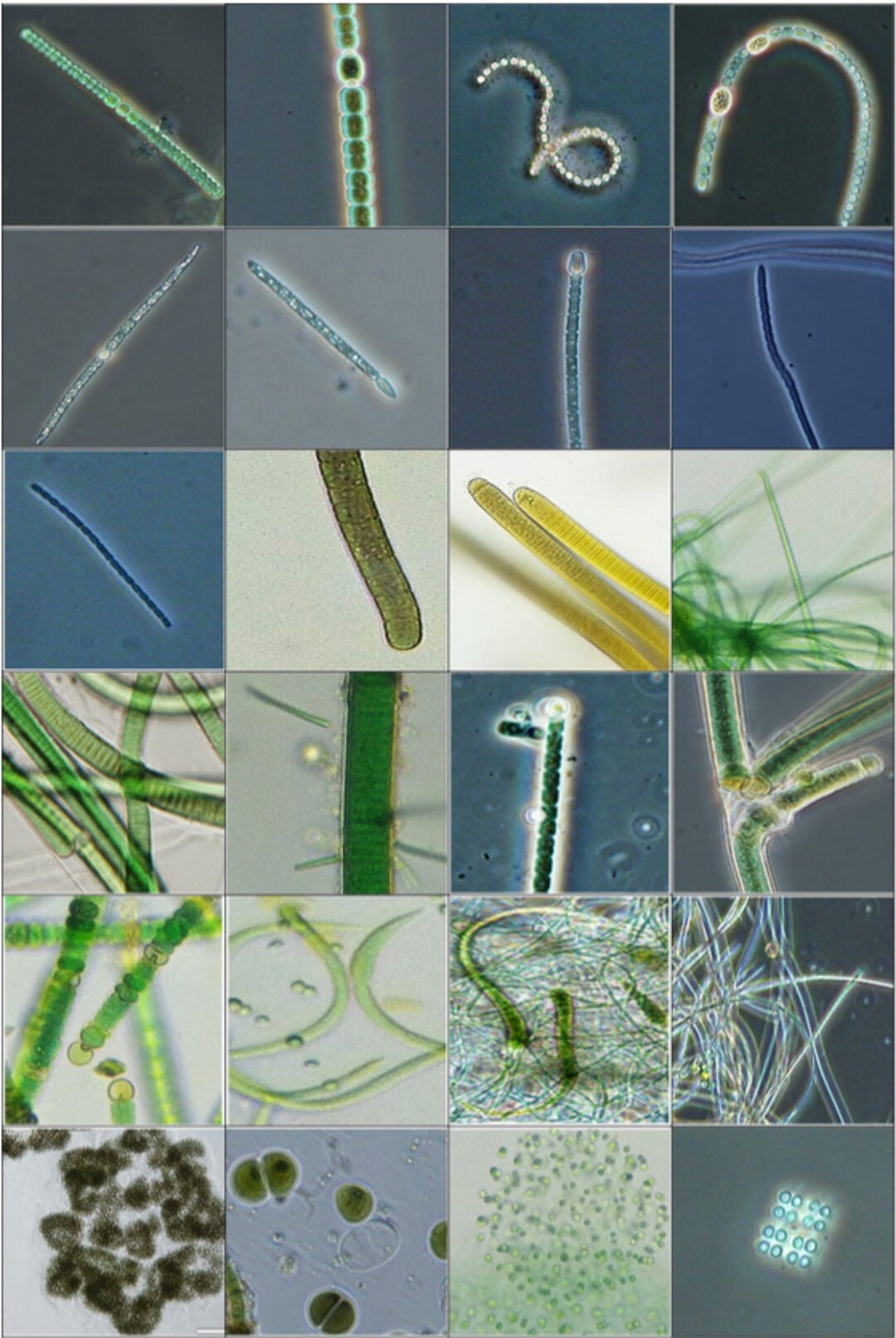First documentation of multiple cyanobacterial toxins on the West Coast
Harmful algal blooms are created by toxin-producing algae—some live in freshwater and some in saltwater. In Southern California, however, many areas have a mix of salt and fresh water—such as estuaries, lagoons, and wetlands—and very little is known about the type and distribution of toxin-producing algae in these areas. This uncertainty makes it difficult to understand or predict the algal threats posed to animal and human health in Southern California. University of Southern California (USC) Sea Grant funded a study to isolate, culture, and identify the toxin-producing algae in these fresh-salt ecosystems, providing a greater understanding of the presence of algae-produced toxins at ‘hot spots’ in the region.
Key Results:
- Surprisingly, Cyanobacteria—a primitive life form that can also photosynthesize— not algae, make up a large number of potentially toxic species from over 50 locations along the Southern California coast
- This is the first study ever to document the simultaneous presence of multiple algal & cyanobacterial toxin contamination in estuarine ecosystems on the West Coast
Project Impacts & Application:
- The team established a culture collection of cyanobacterial species, providing a long-lasting community resource for further research
- Created publicly accessible maps on the presence of cyanobacteria and cyanotoxins in a variety of water bodies in Southern California
- Results were presented to the California State Water Control Board
- Dr. Caron participated in an expert workgroup to develop a Framework for Monitoring and Assessment of California Freshwater Harmful Algal Blooms
Principal Investigators:
- David A. Caron, Ph.D., University of Southern California
- Avery O. Tatters, Ph.D., University of Southern California
- Eric A. Webb, Ph.D., University of Southern California
Funding:
NOAA, 2016-2018
Additional Info and Publications:
- https://dornsife.usc.edu/labs/caron/cyanomerhab/
- Tatters, A. O., Howard, M. D. A., Nagoda, C., Fetscher, A. E., Kudela, R. M., & Caron, D. A. (2019). Heterogeneity of Toxin-Producing Cyanobacteria and Cyanotoxins in Coastal Watersheds of Southern California. Estuaries and Coasts, 42(4), 958–975. https://doi.org/10.1007/s12237-019-00546-w
- Smith, J., Lie, A. A. Y., Seubert, E. L., Crowley, N., Robertson, G., & Caron, D. A. (2019). Co-occurring dissolved algal toxins observed at multiple coastal sites in southern California via solid phase adsorption toxin tracking. Toxicon (Oxford), 171, 62–65. https://doi.org/10.1016/j.toxicon.2019.10.005
- Smith, J., Connell, P., Evans, R. H., Gellene, A. G., Howard, M. D. A., Jones, B. H., Kaveggia, S., Palmer, L., Schnetzer, A., Seegers, B. N., Seubert, E. L., Tatters, A. O., & Caron, D. A. (2018). A decade and a half of Pseudo-nitzschia spp. and domoic acid along the coast of southern California. Harmful Algae, 79, 87–104. https://doi.org/10.1016/j.hal.2018.07.007
- Howard, M. D. A., Nagoda, C., Kudela, R. M., Hayashi, K., Tatters, A., Caron, D. A., Busse, L., Brown, J., Sutula, M., & Stein, E. D. (2017). Microcystin prevalence throughout lentic waterbodies in coastal southern California. Toxins, 9(7), 231-. https://doi.org/10.3390/toxins9070231
- Tatters, A. O., Howard, M. D. A., Nagoda, C., Busse, L., Gellene, A. G., & Caron, D. A. (2017). Multiple stressors at the land-sea interface: Cyanotoxins at the land-sea interface in the Southern California Bight. Toxins, 9(3), 95-. https://doi.org/10.3390/toxins9030095
Access our Publications Database to view publications from this project or other related topics


